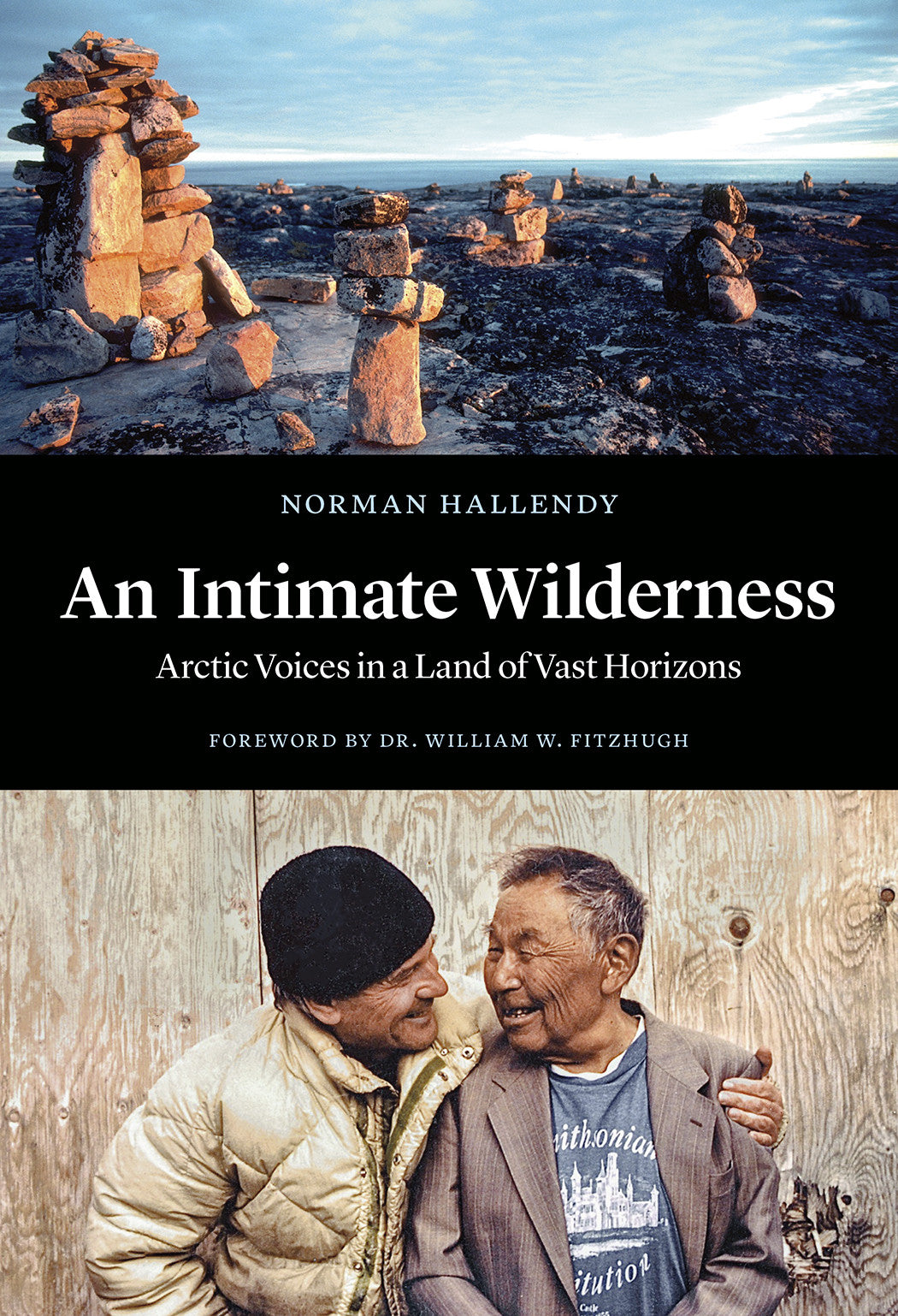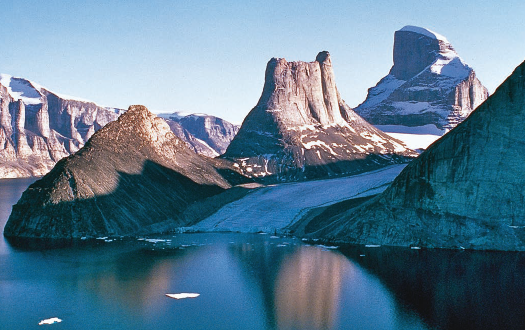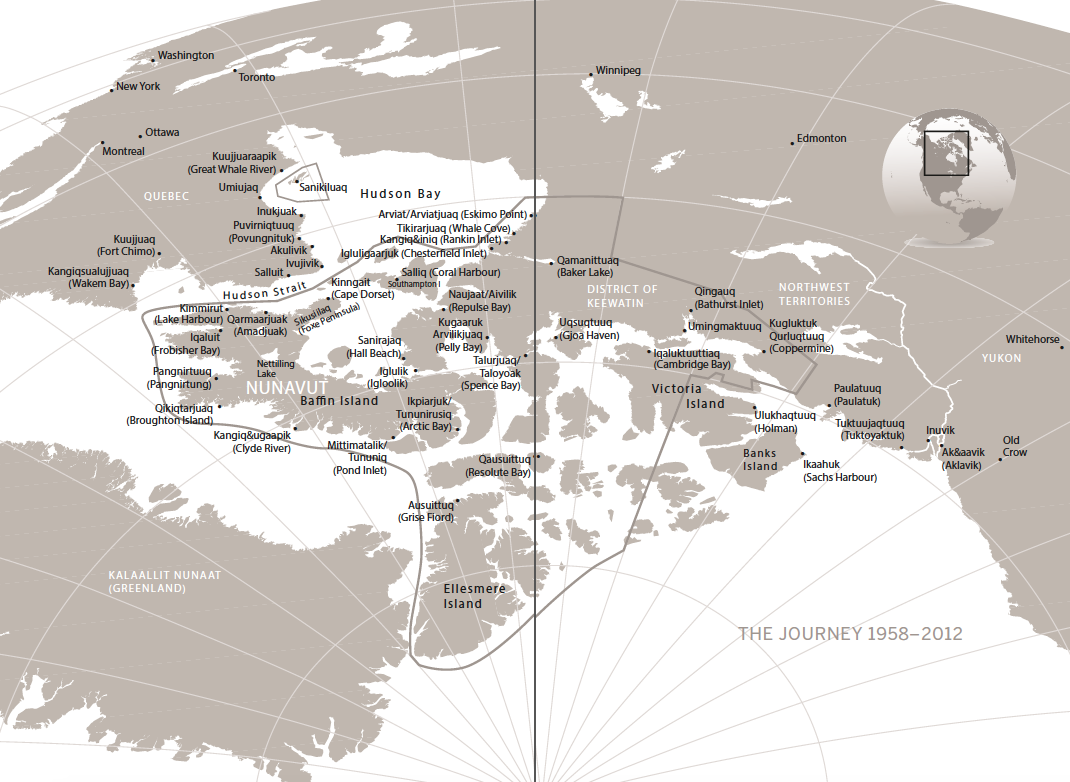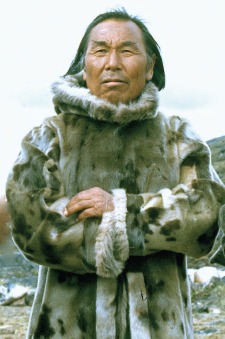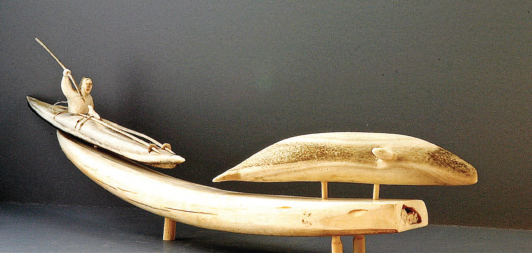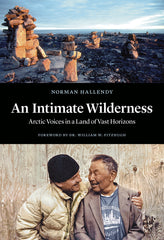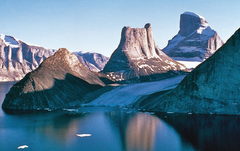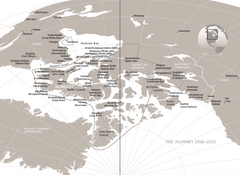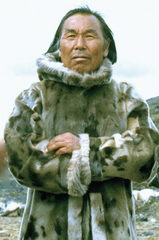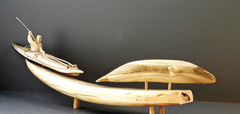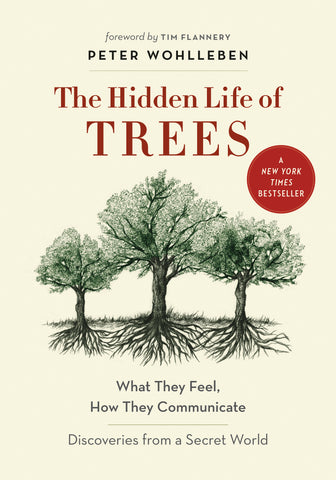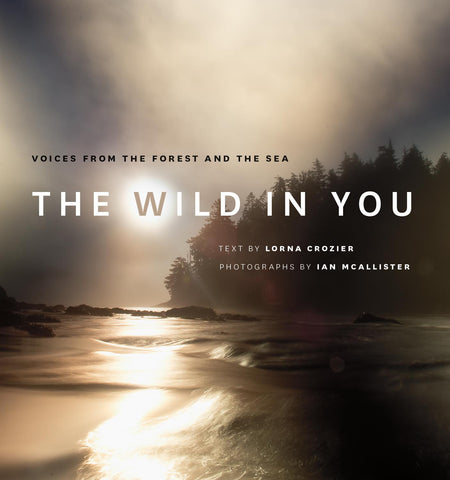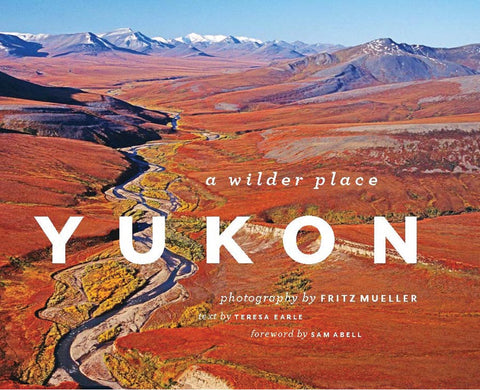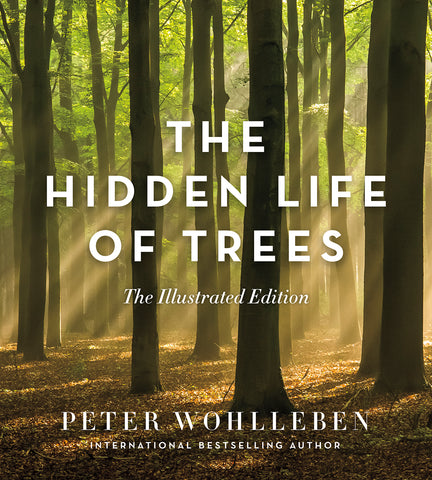An Intimate Wilderness
Arctic Voices in a Land of Vast Horizons
- ISBN: 9781771642309
- Tags: Biography & Memoir, Indigenous People, Literary Non-Fiction, Nature & Environment, Norman Hallendy, William W. Fitzhugh,
- Dimensions: 7 x 10.25
- Published On: 9/16/2016
- 328 Pages
- ISBN: 9781771642316
- Tags: Biography & Memoir, Indigenous People, Literary Non-Fiction, Nature & Environment, Norman Hallendy, William W. Fitzhugh,
An unforgettable and beautifully illustrated memoir of one man’s journeys in the eastern Arctic over 50 years, and a revealing look into the world of the Inuit.
Arctic researcher, author, and photographer Norman Hallendy’s journey to the far north began in 1958, when many Inuit, who traditionally lived on the land, were moving to permanent settlements created by the Canadian government. In this unique memoir, Hallendy writes of his adventures, experiences with strange Arctic phenomena, encounters with wildlife, and deep friendships with Inuit elders. Very few have worked so closely with the Inuit to document their traditions, and in this book, Hallendy preserves their voices and paints an incomparable portrait of a vibrant culture in a remote landscape.
Norman Hallendy is an internationally recognized Arctic ethnographer and chronicler of Inuit life and landscapes. He speaks fluent Inuktitut and is affectionately known as AH-PEER-SUK-TI, which means “the inquisitive one,” by his Inuit friends on Baffin Island. His previous books include Inuksuit: Silent Messengers of the Arctic and Tukiliit: The Stone People Who Live in the Wind.
William W. Fitzhugh is director of the Smithsonian’s Arctic Studies Center and is a Senior Scientist at the National Museum of Natural History.
"Packed with stories, folklore and insights into a vanishing way of life."
—Melanie McGrath, author of The Long Exile: A Tale of Inuit Betrayal and Survival in the High Arctic
From the Introduction
I am visited by a gentle sadness, for soon, like the geese, I will leave this place and fly south where summer lingers. Sekkinek, the sun, rises later each day while darkness arrives ever earlier. It is late August, a time when caribou shed the soft brown velvet from their antlers. Among the shards of summer scattered across the tundra, little grey spiders dart in and out of silken tunnels spun below the now pale gold leaves of Arctic willow. The women and children have picked the berries. White tufts of Arctic cotton have been carried away on the wind. Early morning frost has transformed the grey-green tundra into a vibrant landscape of red, orange, yellow, and gold. My footsteps on the dry lichen sound as if I am walking on crisp snow. Soon, another sound is heard, the moaning of the sea.
There is a place on a hill that opens to the vast horizon. Here we can sit and reminisce upon the sweet thoughts of life and wonder what lies beyond the horizon of our dreams. We can journey along a trail of memories to places so hauntingly beautiful they have to be seen to be believed, and to places so powerful that they have to be believed to be seen. I will shake the dust off my notes that tell of shamans and a world inhabited by spirits, and share with you all that was given me by men and women who lived at the very edge of existence in one of the most demanding places on Earth. They were people who had the genius of knowing how to create an entire material culture from skin, sinew, ivory, bone, stone, snow, and ice. They spoke to me of hardship, love, wonder, and all that defines the human spirit. Sargarittukuurgunga, a word as old as their culture, suggests travels across a land of vast horizons.
An Intimate Wilderness is an account spanning 45 years of journeys in Canada’s Arctic. Travelling in the company of Inuit elders, I learned about unganatuq nuna, the deep love of the land often expressed in spiritual terms. Other journeys were inward, across the last great wilderness within ourselves. There were times, when travelling on the sea ice to a distant camp, that we ached with cold, and there were times when we snuggled in an igloo beneath warm, soft caribou skins.
In a real sense, these journeys made it possible for me to live in two different worlds in a single lifetime. The familiar world was the one defined by the daily requirement to make a living. I spent my career in various capacities within the federal public service; eventually, I became a senior vice-president of one of Canada’s Crown corporations. I married, and my wife and I had two daughters, but our marriage suffered and ended while I worked gruelling twelve-hour days.
The other world was one in which I was free to traverse a place of endless wonder and where, for a brief time, I could become the person I had always wanted to be.

